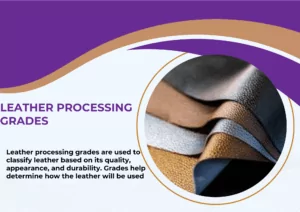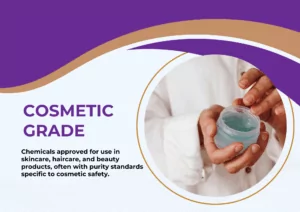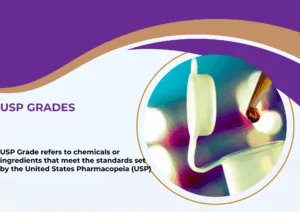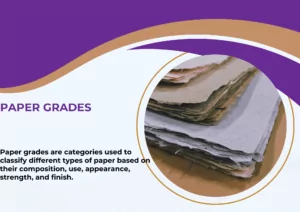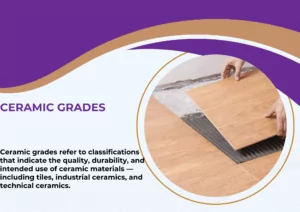The Science Behind Yellow Oxide: Understanding Its Composition and Uses
Yellow oxide is a widely used pigment known for its durability, versatility, and rich color. It is commonly found in paints, coatings, ceramics, and even cosmetics. Understanding its composition and applications provides insight into why this pigment has been a staple in various industries.
Composition of Yellow Oxide
Yellow oxide primarily consists of iron oxide (Fe2O3·H2O), specifically hydrated ferric oxide. This natural or synthetic pigment belongs to the family of iron oxides, which includes red and black oxides as well. Yellow iron oxide occurs naturally as the mineral goethite but can also be synthetically produced through precipitation or thermal processes to ensure purity and consistency.
The pigment’s color results from the way its molecular structure absorbs and reflects light. The hydrated form of iron oxide has a yellow hue, which can vary in intensity depending on particle size, impurities, and manufacturing methods. Synthetic yellow oxide is preferred in many applications because of its higher purity and better color uniformity.
Key Uses of Yellow Oxide
1. Paints and Coatings
Yellow oxide is widely used in industrial and decorative paints due to its excellent opacity, UV resistance, and chemical stability. It provides long-lasting color and protection, making it ideal for exterior applications.
2. Construction Materials
In the construction industry, yellow oxide is commonly used in cement, concrete, and tiles. It enhances the aesthetic appeal of buildings while maintaining strength and durability.
3. Plastics and Rubber
Manufacturers incorporate yellow oxide into plastics and rubber products to achieve consistent coloring and resistance to weathering and chemicals. It ensures longevity and stability in various environmental conditions.
4. Ceramics and Glass
In ceramics, yellow oxide acts as a coloring agent for glazes and decorative elements. It is also used in glass production to achieve warm tones without compromising transparency.
5. Cosmetics and Personal Care
Due to its non-toxic and stable nature, yellow iron oxide is an essential ingredient in foundations, powders, and other makeup products. It provides natural-looking pigmentation without adverse skin reactions.
Conclusion
Yellow oxide is more than just a pigment—it is a scientifically significant compound with widespread applications. Its chemical stability, durability, and vibrant color make it a valuable material in numerous industries, from construction and coatings to cosmetics and ceramics. Whether natural or synthetic, yellow oxide continues to be an essential component in products that require long-lasting color and protection.

